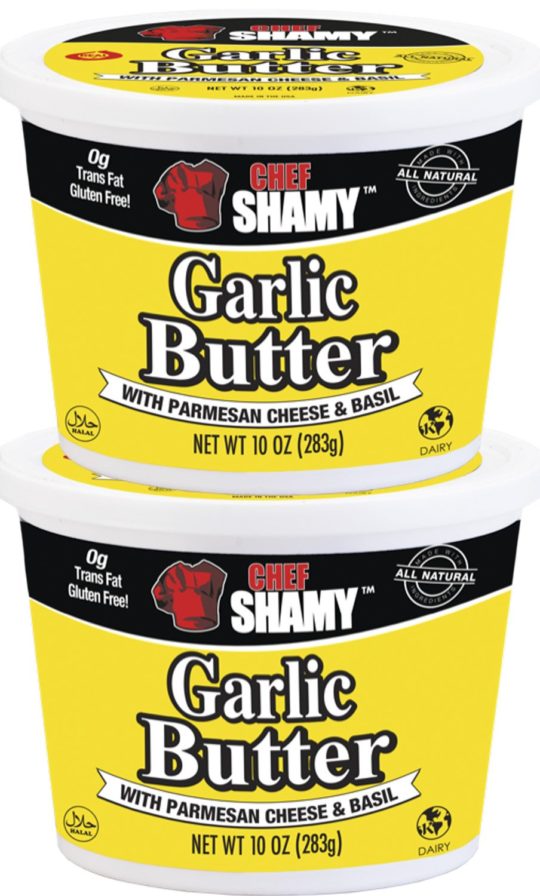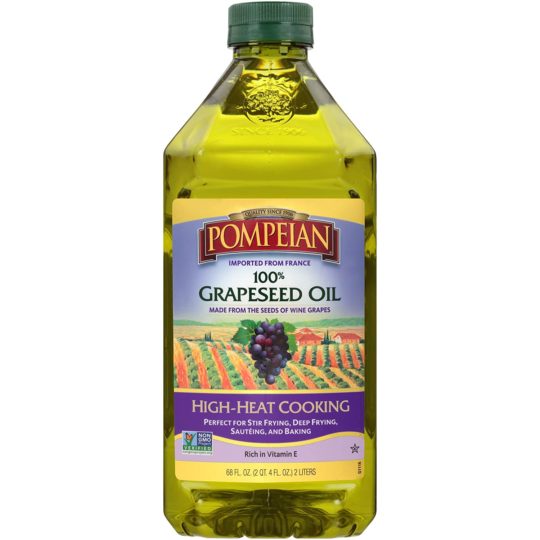Updated on April 9th, 2023
Lard is an excellent cooking fat that’s both versatile and practical. It may be used to bake sweet and savory foods such as tamales; it has a high smoke point and can be used to fry and even be spread on toast.
Tamales Nutrition Facts

The disadvantages are that it can be both expensive and difficult to locate. But, in my opinion, if you’re going to the trouble of preparing homemade tamales, you should use the best lard alternatives in tamales you can find.
Read on to understand more about lard, tamales, how they work together. In addition, I have highlighted some brilliant lard substitutes in tamales for you.
What is Lard in Tamales
After being rendered, lard is a semi-solid white fat product made from a pig’s fatty tissue. It’s not to be confused with tallow, a similar substance made from the fat of cattle or sheep.
Notably, steaming, boiling, or dry heat can all make lard.
Furthermore, the fats present in lard are “healthy fats” known as monounsaturated fats, which have been shown to help lower harmful cholesterol levels.
Lard is always an amazing ingredient when making tamales.
Tamales are a typical Mexican delicacy fashioned from a corn-based dough filled with meats, beans, and cheese. Tamales are wrapped in maize husks or banana leaves and cooked, with the husks are removed before eating.
Alongside lard, they also contain intricate slow-cooked aromatic meat fillings (typically chicken or pork), with vegetables (potatoes, maize, peppers, or carrots), cheeses, dried fruits, and olives thrown in for good measure.
Lard in Tamales Uses in Recipes
Tamales are typically a fiery, savory dish, but sweet tamales may also be found and make a delicious dessert. Sweet tamales also offer fillings.
See some fantastic foods you can enjoy lard and tamales with:
- Sweet Potato Tamales.
- Fish Tamales.
- Arroz Con Leche.
- Homemade Chili with Tamales.
- Sour Cream.
- Cheese.
- Black Beans
- Spicy Mango Habanero Pepper Sauce.
- Mexican Tamales.
- Pork Tamales.
- Beef Tamales.
- Instant Pot Chicken Tamales.
- Shrimp and Corn Tamales.
- Red Chili Pork Tamales.
- Tamales Dough.
Lard Substitutes in Tamales
Lard is pork fat that has been rendered. It’s typical to see it listed as an ingredient in many tamales recipes.
Since lard is more difficult to come by than other fats, knowing that you can easily replace it in your recipe is important. In your kitchen, you’ll find a simple lard alternative.
See some great lard replacements in tamales.
Butter
Butter is the finest lard alternative out there. In most recipes that call for lard, you will want to use unsalted butter as a substitute unless the recipe specifies you can’t.
While butter is the most trustworthy option, depending on what you’re preparing, the difference can have an impact on your dish. For example, fat generates flaky pie crusts, so lard is frequently used in these recipes.
As a general guideline, 1 cup of lard should be replaced with 1¼ cup of butter. With this little change, your recipe should come out as similar to the original as possible.
Of course, not every recipe will call for a single cup of lard. So adjust accordingly.
Vegetable Shortening
Vegetable shortening is also an excellent choice if you seek a lard replacement in tamales.
Vegetable shortening was designed to replace lard as a standard cooking ingredient.
The fat content of lard and vegetable shortening is nearly the same. You will typically get away with replacing 1 cup of lard with 1 cup of shortening, though you may need to add two extra tablespoons to the recipe – tamales.
Notably, vegetable shortening is a better option than butter if your recipe calls for frying with lard. Butter has a lower smoke point than shortening and lard. You won’t have to worry as much about splattering because they contain less water.
Vegetable shortening can be found accessible in kitchen cabinets all around the United States. However, its elements are a riddle to many. It is excellent for making the light, flaky texture you crave in recipes – yes, tamales!
Oil
Oils can also be used as a lard substitute in tamales, although each type of oil will have a different effect on your recipe because of the fat level.
Switching to oils, for example, will likely cause your tamales to spread more. To avoid this, refrigerate the dough before baking it.
In general, 7/8 cup vegetable oil can be used in place of 1 cup lard; 1 cup olive oil can be used in place of 1 cup lard; 1 cup coconut oil can be used in place of 1 cup lard – this option will give your dish a bit of coconut flavor, which may or may not be a good thing in some cases (your choice to decide).
Frequently Asked Questions (FAQs)
Is it possible to bake tamales rather than steam them?
The traditional cooking method is to combine your favorite tamales components and steam them in a corn husk. You can, however, bake them, and the corn husk casing will provide consistent cooking and prevent dryness whether you bake, microwave, or steam your tamales.
Why are my tamales falling apart?
This most likely means your wrapping is off. Before wrapping the tamale in the corn husk, make sure you fully cover the contents and sauce with masa dough. The tamale may leak if the filling is not contained, resulting in a dry and crumbly tamale. Moreover, overstuffing the tamale is the main cause of leaks, so avoid that.
What kind of tamale fat do you use?
The most traditional fat used is lard. However, alternative forms such as corn, canola, vegetable oil, coconut oil, or butter can also be used. Knead the dough until it is light and airy in texture.
Conclusion
If you want to try cooking tamales with lard but aren’t sure where to look, look in your grocery store’s refrigerated area. It’s frequently packaged in the same way as butter sticks and sold alongside butter and other dairy products on refrigerated shelves.
Suppose you are out of luck and can’t seem to place your hands on any available lard for your tamales recipe. Don’t worry much, and you can use any of these alternatives to save your recipe.



